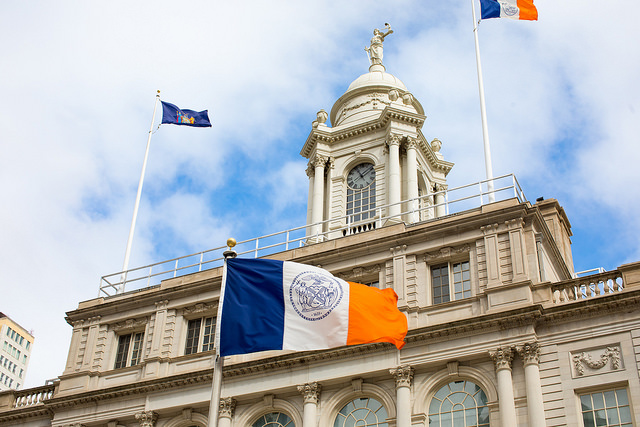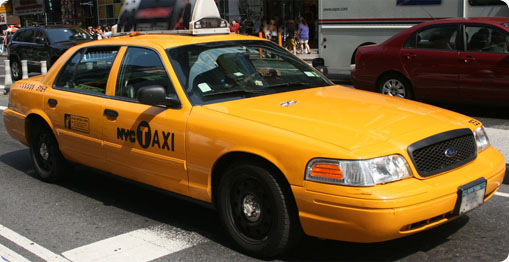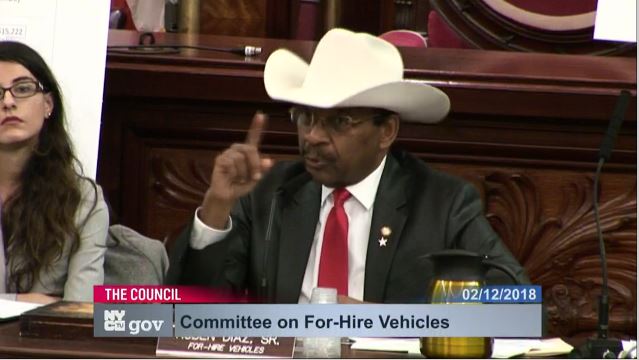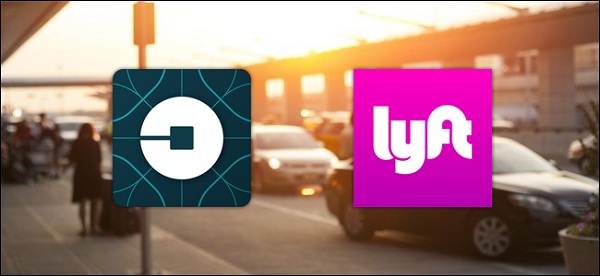You should know that the report of the task force created by the New York City Council, was released Friday. This panel, which met for six months, was charged with studying and making recommendations to fix the crisis regarding the New York City medallion taxi franchise in existence since 1937.

It is important for you to know that last week, The New York Daily News had a two-page story with a colorful graph, which displayed the problem clearly. The number of persons using a yellow taxi each day has steadily declined from its average of 500,000 rides daily to now less than half since 2011.
Why? Dear readers, Uber and Lyft entered the business, with no overhead costs, and paying zero to the City, for a ready-made customer base. The City Council not only allowed this, but also hurt the medallions franchise by abolishing the 60/40 ratio, which allowed hedge fund managers a chance to buy up distressed medallions which no, longer has the restrictions of being operated daily by the owner -operator.

I introduced legislation, which was signed into law in 2018, which defined Uber and Lyft as high volume for hire vehicles, and imposed rules and restrictions and fees. I’m still waiting to see that the TLC has implemented any of these. The idea is to create a level playing field between the medallion franchise, and Uber. This should have been enacted to bolster the value of the franchise. But as the Task Force report says, the medallion system is in need of “urgent action.” Almost 25% of every medallion is owned by NCUA, which is threatening their foreclosure. The Task Force says that the City should do three things:

1 – Try to find sources of public-private loans to secure failing medallions. Use “public-private” loans to restructure the debt of these threatened medallions for a lower monthly payment over a greater term. The holder of 25% of these National Credit Union Administration says go away. Congresswoman Carolyn Maloney has responded by proposing federal legislation utilizing a newly crafted part of the FDIC she proposed to do this. Public private loans allow further predatory actions by unscrupulous unregulated and unknown lenders. It is in reality, a pipe dream.
2 – Encourage taxis to use apps on telephones to get customers just as Uber and Lyft do. In reality, allowing yellow cabs to switch to apps, like the ride-apps, has been in effect and approved by the TLC for years.
3 – Allow the yellow medallions to use surge pricing just as the Uber and Lyft do. But allowing yellow cabs to do surge pricing will further harm the industry, not rescue it.

What is surge pricing? Both Uber and Lyft charge their customers more when the weather is bad, and on holidays – rain, snow and New Year’s. For example, The New York Times has a tweet from an Uber customer who was charged $126.84 for a ride to JFK which normally costs $52.00 This is not going to fix the dynamics of an industry where the playing field in not level. Surge pricing or “dynamic pricing” is an excuse the gouge the customer.
As an alternative, I have a bill ready for a vote – it’s been introduced and had a hearing – which requires that the drop fare of the yellow franchise (the amount of money you owe once you get into a cab) be equal to what the apps like Uber charge. Uber currently undercuts the yellows on this. In the matter of congestion pricing, yellows must report and comply but the Ubers don’t and there’s no way of stopping or preventing them from doing so. The Council needs to pass another one of my legislative requests, requiring that Uber and all For Hire Vehicles be connected to the daily TLC data gathering, exactly as the green and yellows are. Then and only then will New York State and the TLC know exactly where they are going and what they are charging. Level playing field? Check. Accountability? Check. Increasing the value of the yellow cab? Check.
New York City created and profited from the franchise, and therefore has the legal and obligation to come to the rescue. The franchise needs to be strengthened, first so that a bailout or pay back is deemed profitable. I have several legislative requests pending for approval which I believe will make the yellow more valuable. After the value is stabilized, we need to stop the foreclosure of hedge funding purchases of the yellows. I have a legislative request to allow all medallions sold at the 2014 auction to be refunded.
Those medallions were sold even as the TLC and its Chair knew they were overpriced. Those sales were fraudulent. I have another legislative request to rescind the law abolishing the 60/40 rule and restoring this ration to all medallions. That way the City will know that 40% of the cabs are being operated by their owner, not a corporation. The newly nominated Chair of the TLC has said that she wants to restore the role of the cab driver as an esteemed professional. She is 100% correct. Abolishing the 60/40 rule allowed hedge fund managers to buy up distressed individual cabs and operated them as corporations. Where is the accountability? Where is the professionalism?
Finally, let me make this clear. Certain Council members have been promising owners a “bail out” for years. The Speaker tells The Times February 1, 2020, he “supports the idea. “Let’s be clear that’s what it is an idea, nothing more. The report says nothing about how to achieve this, who is eligible, and who should supply the money. The Council and the City allowed the decline of this industry, and in the final analysis must be responsible. I’m suggesting a newly created TLC be given wide powers to oversee this. TLC should serve notice there will be no foreclosure or resale without their approval. If need be the State must grant them bonding authority as special districts have to issue bonds to a secure the value of these medallions, which the agency being the equity owner.
Concluding the report did not recommend any specific legislation for the City Council to pass. I would suggest that many of the legislative requests I have pending for more than a year would fulfill the goals outlined in the report. These include passing the drop-fare bill; introducing the request to void the 60/40 rule voiding its demise; requiring that Ubers and others be connected to the data systems of the TLC for collecting daily data; introducing the bill to void the 2014 medallion sales thereby allowing buyers to return them to the City for what they paid.
I am Councilman Rev. Ruben Diaz and this is what you should know.

















Follow Us